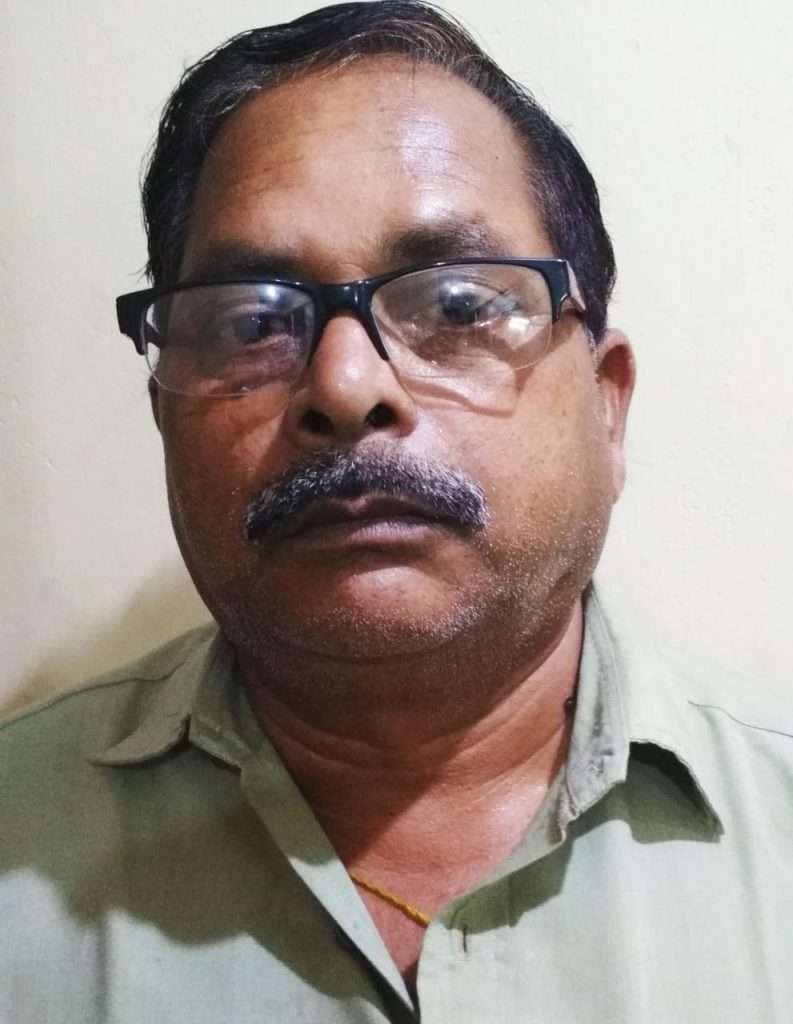It is a topic of – Anthropology .Great traditions are literate authoritative and centrally regulated traditions. Little traditions are popular unauthorized and locally variable traditions. The origin of little and great tradition is from Robert Redfield. He conducted research in Mexican Communities, and talked about little communities.Little traditions include folk artists medicine men, tellers of riddles, proverbs and stories, Poets and dancers. Little and great traditions help to analyze social change in rural areas .The Nature of this change is cultural. Little tradition refers to the tradition followed by the unlettered mass. Odissi dance and Bharat Natyam are great traditions while Chhau dance of Mayurbhanj in Odisha and purulia of west Bengal represent the Little Tradition. Ramayan and Mahabharat are great tradition. Folk literatures are little traditions.
These traditions Coexist in human societies. They continually interact, influence and shape one another. One example is Sanskritization, where element of little traditions are incorporated into the great tradition. And this leads to rise in social status. Another process is Parochialisation, where elements of great tradition trickle down to little tradition.
The Anthropologists – Mckim Marriot and Milton Singer adopted this approach to study social changes in India. Little tradition belongs to the peasants of folk society. Great traditions are of the elite or thinking class.
Traditions can be defined as the transmitted value and behaviour of any community that has been persisting over time. It is not static but evolved with time. In India the change is from little to great tradition. It happens in continuation with the little tradition. We never lose our indigenous culture in the process of adopting great traditions. Both are going hand in hand. Tradition and modernity can go together.

In India, the major festivals like Ganesh Puja, Janamasthami, Vishwakarma Puja, Dussehra Puja, Ratha Yatra, Makara Sankranti, Rama Navami etc. are example of Great Tradition. But local festivals like Nuakhai, Gundikhai, Karma Dance in Sambalpur District are examples of Little Tradition .Similarly in different states of India there are local festivals. All these belong to little tradition. Sanskrit Ramayan and Sanskrit Mahabharata are Great Tradition. But these epics in regional languages belong to Little Tradition.
Redfield’s approach is known as cultural approach. We find interaction of the lifestyle of the two communities – the village and the city. This is due to the relative dependence – Economic and political- of one on the other. A little tradition has a little coverage and is confined to a local area. When it accepts elements from the great tradition, it may modify them so that they become part of the Characteristics of the society in general.
In India consensus exists about sacred books and sacred objects. It is a major base of a common culture consciousness which is shared by all people of India.
(The views expressed are the writer’s own.)

Radhakanta Seth is an Income tax officer in Sambalpur. He is a Freelance writer and his articles have been published in some Oriya dailies like Sambad, Samaj, Dharitri and English dailies like The Telegraph and in a sociological journal ‘Folklore’ published from Kolkata.

